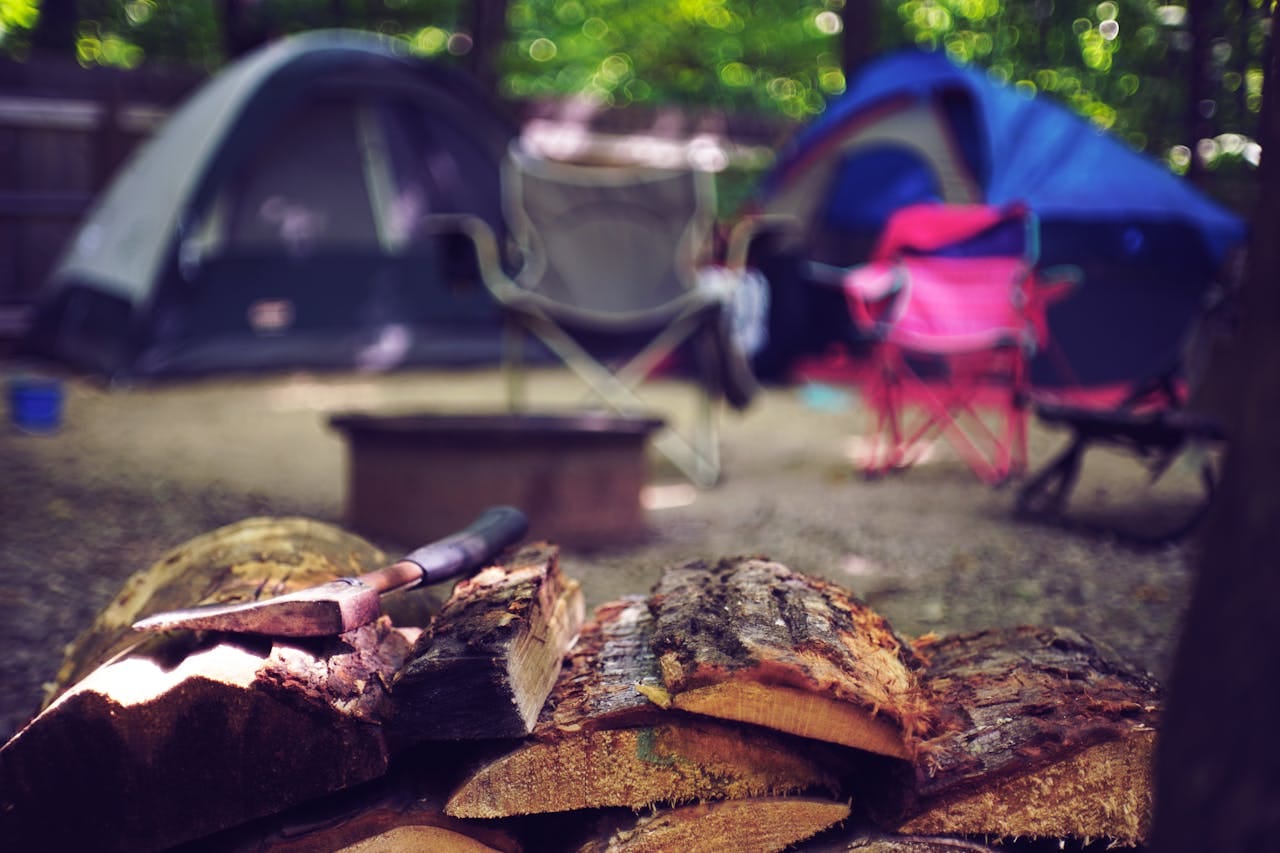Setting up a campsite like a pro involves careful planning, efficient organization, and understanding the basics of outdoor safety and comfort. Whether you’re a seasoned camper or a first-timer, having a strategy can transform your outdoor experience from chaotic to cozy. This guide walks you through the essential steps to ensure your campsite is both functional and enjoyable.
Step 1: Choosing the Right Campsite
The first step to setting up a great campsite is finding the perfect location. Look for a flat, dry area that’s free of debris and large rocks. Ideally, the site should be close to a water source but not so close that you risk flooding if it rains. Consider weather conditions, wind direction, and the proximity to trails or bathrooms if you’re in a developed campsite.
Pro Tip: Avoid setting up camp under dead or leaning trees, as they can pose a safety hazard. To learn more about campsite safety, refer to the National Park Service guidelines.
Step 2: Setting Up Shelter
Once you’ve chosen your site, it’s time to set up your tent or hammock. Start by laying down a tarp or groundsheet to protect your gear from moisture and wear. Assemble your tent on top of this layer, ensuring it’s taut and secured with stakes and guy lines.
If you’re using a hammock, find two sturdy trees that are appropriately spaced. Use tree straps to minimize damage to the bark and set up a rainfly above for added protection.
Checklist for Shelter Setup:
- Ground tarp or footprint
- Tent or hammock
- Rainfly or additional weather protection
- Stakes and guy lines
Step 3: Organizing Your Campsite
Organization is key to a functional campsite. Divide your area into distinct zones: cooking, sleeping, and gear storage. Keep food away from sleeping areas to avoid attracting wildlife. Use collapsible bins or bags to store essentials, and hang food in bear-proof bags or use a bear canister.
Step 4: Building a Campfire
A campfire serves as the centerpiece of your campsite but requires careful planning. Use a designated fire ring or pit whenever possible. Collect dry wood of various sizes—kindling, small sticks, and larger logs. Arrange them in a teepee or log-cabin style and ignite with a firestarter.
Pro Tip: Always follow local fire regulations to ensure safety.
Step 5: Establishing a Cooking Area
Your cooking area should be at least 100 feet from your sleeping area to avoid inviting animals into your tent. Set up a portable stove or use the campfire with a grill grate for meal prep. Keep utensils, pots, and a washing station nearby for convenience.
Cooking Essentials:
- Portable stove or grill
- Pots, pans, and utensils
- Biodegradable soap and sponge
- Trash bags for waste disposal
Step 6: Prioritizing Comfort and Safety
Comfort and safety go hand in hand when camping. Use inflatable sleeping pads and quality sleeping bags for a good night’s rest. Bring a first-aid kit, headlamps, and extra batteries to stay prepared for emergencies.
Additional Comfort Tips:
- Pack foldable chairs or a lightweight hammock for lounging.
- Use citronella candles or bug spray to deter insects.
Step 7: Practicing Leave No Trace Principles
A truly professional camper knows the importance of leaving nature as you found it. Pack out all trash, including food scraps and biodegradable waste. Minimize your impact by sticking to trails and designated campsites.
The Leave No Trace Center for Outdoor Ethics provides comprehensive guidelines to help protect the environment while enjoying the great outdoors.
Frequently Asked Questions
What is the most important step in setting up a campsite?
Choosing the right location is critical. A flat, dry site that’s safe from environmental hazards ensures a successful camping experience.
How do I keep animals away from my campsite?
Store food in bear-proof containers or hang it from a tree. Clean your cooking area thoroughly after meals and keep all scented items away from your sleeping area.
Can I camp anywhere?
No. Always check local regulations and permits for camping. Stick to designated campsites or areas where camping is permitted.
Final Thoughts
Mastering the art of setting up a campsite is about preparation and respect for nature. By following these steps, you’ll not only enhance your outdoor experience but also protect the environment for future adventurers. Whether you’re camping solo or with a group, a well-organized and safe campsite is the key to an unforgettable adventure.

